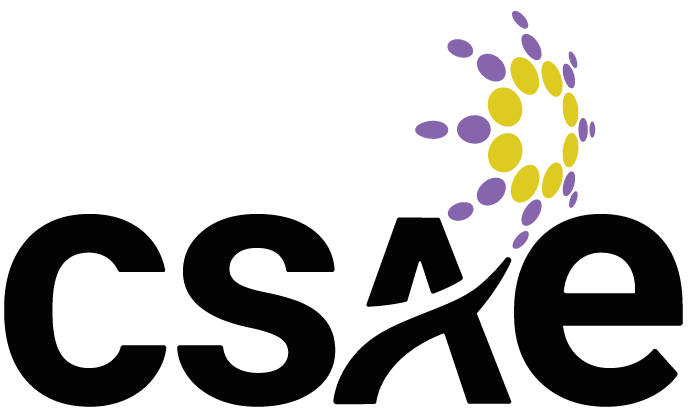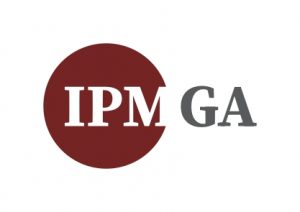Is Your Strategy Too Complex?

No organization today operates without a strategy, an often nebulous term that came into prominence after WWII and has stuck around ever since. The challenge is that strategy has become so prominent that many organizations now take part in lengthy strategic planning sessions that aren’t appropriate for the 21st century.
You can tell if an organization is formulating a strategy using an outdated method by looking at their strategic document. Any plan for more than five years and more than a handful of pages is trying to do too much.
Associations, like other organizations, need short strategies—rooted in reality—formulated rapidly and communicated clearly. In this post, I will share three ideas for how you can upgrade your strategy for the modern world.
Strategic vs Tactical Decisions
A modern strategic plan is not a complete sequence of all the actions and steps you will take. Instead, think back to the coloring books that children get at some restaurants. The books contain colorless outlines, which children then fill out.
When Disney reworked their strategy in 2005, they came up with three decisions that guided thousands of tactical decisions. They were going to create creative content, distribute directly to consumers and expand their international audience. Over the next few years, they acquired Marvel, Lucasfilm (Star Wars) and 20th Century Fox, all helping the first decision. They also released the Disney app—helping with the second—and modified their films for international markets such as China.
Your association will choose three decisions, focusing on the areas of the highest importance. They are not necessarily things that need “fixing” but simply areas that can help you deal with the challenges facing your industry and members.
To keep strategic documents short, you avoid going into the details. If one of your strategic decisions is to expand your staff, there’s no need to spell out the specific roles you will hire, the channels you will use to find these people or the job descriptions. These tactical decisions—the coloring in my analogy—will happen at a later stage.
A good strategic document helps individuals in your organization make better decisions. You can’t expect people to turn to page 14 when facing a tough decision. Instead, they should have a simple guide that allows them to gauge if a specific action will contribute to helping your organization get closer to one of the larger strategic decisions.
Commitment vs Compliance
The second reason for avoiding going into the details relates to whether you want commitment or compliance from your team. Organizations took many elements from the military, including the top-down command and control form of management. The leaders make a decision and the rest of the staff follows them, like soldiers.
However, most non-military organizations do not actually operate like this and many employees do not want to belong to this structure. They want a certain level of autonomy and freedom in their work. Giving someone a plan with all the action steps they are supposed to follow may encourage compliance—if you pay them enough.
Giving them a strategic decision, the freedom to figure out how to get there and the support along the way, will encourage commitment. This is especially true for younger generations—the millennials and gen z.
There’s no need to tell employees what specific color or what kind of brushstrokes to use in a drawing. You can trust that employees will make the best decisions once you establish the boundaries and priorities.
Communicated Clearly
It goes without saying that you should share your strategy with your staff. I know it may seem obvious but I have seen leadership teams who prefer to keep the strategy hidden as if they were old Catholic priests reciting from their Latin bibles to a primarily non-literate audience.
Besides sharing the strategic decisions made, it is also helpful to explain why your team chose these items in particular. What are the challenges and opportunities that you’re seeing? Why do you think these specific decisions will make a significant difference in your future?
One of my favorite ideas for communicating strategic decisions is the use of town halls, where the entire organization can come together to listen and ask questions. I have advised many organizations to host them monthly or at least quarterly to provide updates on the strategy and what everyone should be thinking about in their role.
Finally, establish short and long-term measures, aligned with the strategic decisions. Every manager can make it clear how an individual contributes to the larger strategy through the use of specific metrics.
Conclusion
Associations, like other organizations, need a new strategy in a post-pandemic world. You cannot continue an outdated 5-year model, especially one that was formulated before COVID-19.
Don’t spend months trying to come up with the perfect plan, full of details and action items. Choose the two or three strategic decisions that will make the biggest impact on your future and then ask your team for help in finding the best way forward.
A shorter strategy, formulated rapidly, is bound to encourage commitment. That’s the 21st-century way to approach strategy.






















